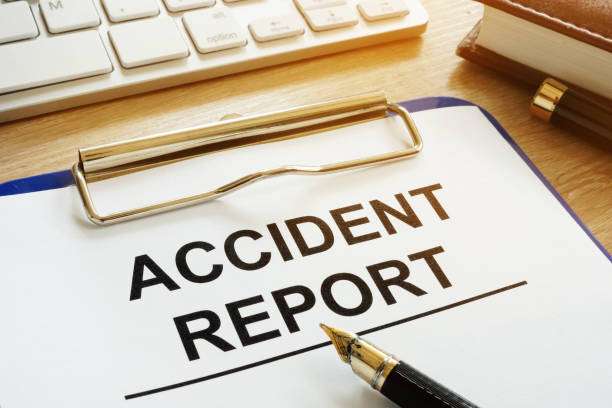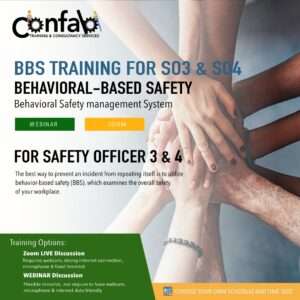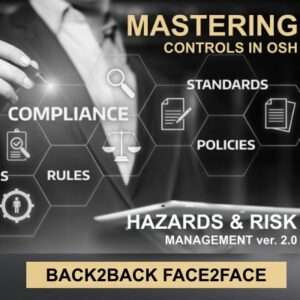OSH Reports & Recording
Webinar-Type Php 499 only
Choose your own schedule!
ZOOM LIVE Promo! Php 1199 only
Nov. 8, 2023 | 2PM to 5PM
3 hrs ZOOM Live Discussion + 5hrs Offline Activities
Description
OSH Reporting & Recording
Occupational Safety and Health (OSH) reporting and recording are critical aspects of ensuring workplace safety and compliance with regulations. Employers must maintain accurate records of workplace incidents, injuries, illnesses, and near misses to track trends, identify hazards, and prevent future occurrences. Here is an overview of OSH reporting and recording:
1. Incident Reporting:
- Definition: Incident reporting involves notifying supervisors or designated safety personnel when an accident, injury, illness, or near miss occurs in the workplace.
- Immediate Reporting: Employees should report incidents promptly, ensuring that details are fresh and accurate.
2. Near Miss Reporting:
- Definition: Near misses are incidents that did not result in injury or damage but had the potential to do so. Reporting near misses is crucial for identifying hazards and preventing future accidents.
- Importance: Identifying and addressing near misses can help prevent more severe incidents in the future.
3. Injury and Illness Reporting:
- Definition: Employers are required to report work-related injuries and illnesses to the relevant regulatory authorities, such as OSHA in the United States.
- Timeframes: There are specific timeframes within which these reports must be submitted, typically within a few days of the incident or diagnosis.
- Records: Employers must maintain detailed records of each injury or illness, including the affected employee’s name, date of incident, nature of the injury or illness, and treatment received.
4. WAIR:
- Purpose: WAIR is a standard form used to record workplace injuries and illnesses. It helps employers track and analyze incidents to improve safety.
- Required Information: The log includes information on each incident, such as the date of the injury or illness, a description of the case, and the number of days away from work or job transfer/restriction.
5. Confidentiality:
- Protection of Personal Information: Employee privacy must be respected when recording and reporting incidents. Confidential medical information should not be disclosed to unauthorized individuals.
6. Trend Analysis:
- Data Utilization: Recorded incident data should be regularly reviewed and analyzed to identify trends, recurring hazards, and areas for improvement.
7. Regulatory Compliance:
- OSH Standards Requirements: Compliance with OSH Standards or other relevant occupational safety regulations is crucial. Failure to report and record incidents in accordance with regulations can lead to penalties.
8. Employee Involvement:
- Encourage Reporting: Employees should be encouraged and empowered to report incidents and near misses without fear of reprisal.
9. Training and Education:
- Training Programs: Employers should provide training to employees on incident reporting procedures and the importance of accurate and timely reporting.
- Supervisor Training: Supervisors should be trained to respond appropriately to reported incidents and ensure that incidents are documented correctly.
10. Continuous Improvement:
- Safety Committees: Establish safety committees or teams to review incident reports, identify root causes, and implement corrective actions.
Additional information
| Training Options | Webinar-Type, Zoom-Type |
|---|---|
| Package Option | eCertificate Only, w/ Hard Copy |






